Calci. The Charterhouse of Val Graziosa
2021
The Certosa della Val Graziosa di Calci, commonly known as the Certosa di Pisa or also the Certosa di Calci, is located in the province of Pisa, in the municipality of Calci, in a flat area on the slopes of the Pisan mountains called "Val Graziosa".
You may also like
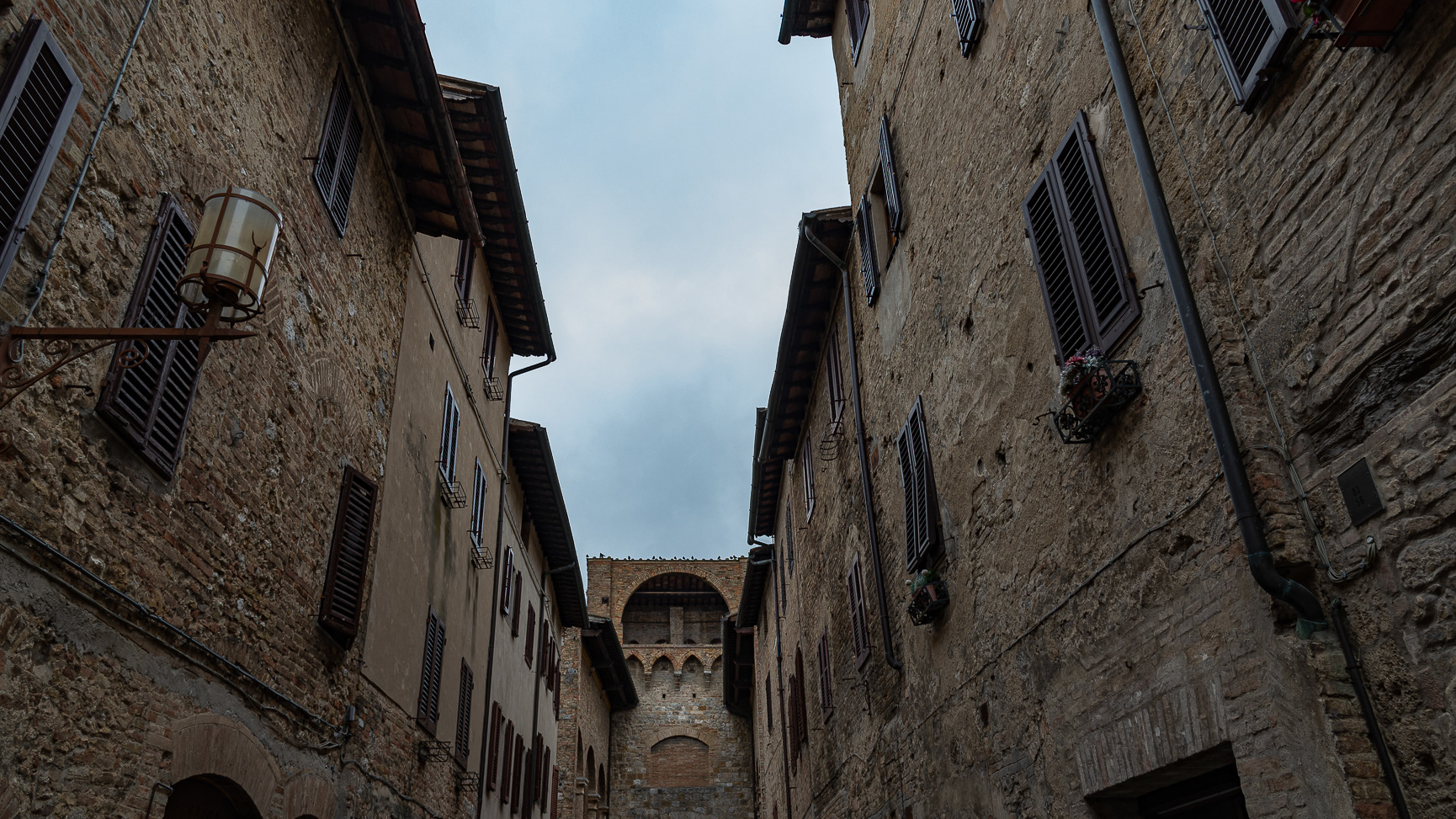
2021
San Gimignano. Glimpses of historic center
San Gimignano is an Italian town of 7 447 inhabitants in the province of Siena in Tuscany. For the characteristic medieval architecture of its historic center it has been declared a World Heritage Site by UNESCO. The site of San Gimignano, despite some nineteenth-twentieth-century restorations, is mostly intact in its thirteenth-fourteenth century appearance and is one of the best examples in Europe of urban organization of the municipal age. Granted by Royal Decree of 29 April 1936, San Gimignano boasts the title of city San Gimignano stands on a place certainly inhabited by the Etruscans, at least from the third century BC. The hill was chosen for strategic reasons, being dominant (324 m a.s.l.) over the high Val d'Elsa. On the slopes of Poggio del Comune (624 m a.s.l.) there are the ruins of Castelvecchio, a village from the Lombard period. The first mention dates back to 929. In the Middle Ages the city was located on one of the routes of the Via Francigena, which Sigeric, archbishop of Canterbury, traveled between 990 and 994 and which for him represented the 19th stage (Mansio) of his itinerary return from Rome to England. Sigeric named it Sancte Gemiane, also indicating the village as a point of intersection with the road between Pisa and Siena. According to tradition, the name derives from the holy bishop of Modena, who defended the village from the occupation of Attila. The first city walls dates back to 998 and included the hill of Montestaffoli, where there was already a fortress seat of the market owned by the bishop of Volterra, and the poggio della Torre with the bishop's castle.
2021
San Gimignano. The church of Sant'Agostino
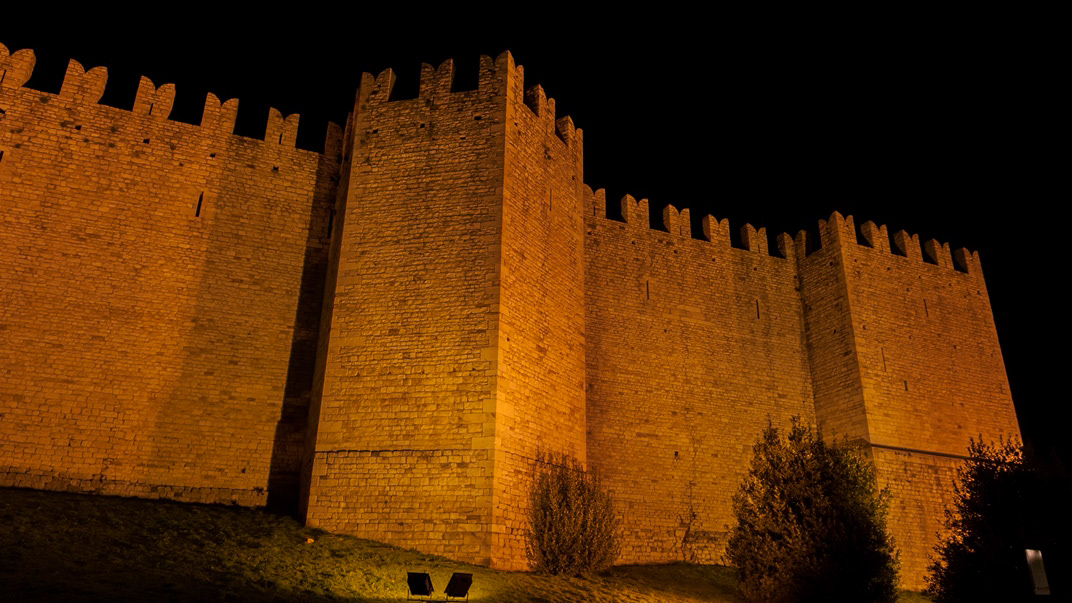
2008
Prato, Castle of the Emperor
The fort of the Alberti di Prato once stood on the site where the present castle is located, which was almost completely razed to the ground in 1107 during the siege of the troops of Matilde di Canossa; in its place another palace, called "Palazzolo", was rebuilt to house the nuncios of the emperors Arrigo VI of Svevia and Otto IV of Brunswick (of which two towers remain, those without battlements, which until 1767-68 had about the double the current height); the area affected by the Castle has always been strategic, so much so that there are documents dating back to 1035 which testify to the presence of an older "palatium"; this building was the nucleus of Castrum Prati, the village that stood upstream of the building which also possessed an ancient parish church (Santa Maria in Castello, which no longer exists). The commission for the construction was given by Frederick II to Riccardo da Lentini, probably starting from 1240. The castle, originally tangent to the second walls (XII century), was partially surrounded by a moat and connected to the Albertian prisons from which definition " of the prisons "the nearby Marian shrine took its name. It has eight towers and has inherent, as for the Castel del Monte, various symbolic aspects, both in the structure and in the portal. Once completed it should have been used as an important garrison of the empire, testifying to the presence of the emperor on the possessions of the north. However, its construction was interrupted around 1250, due to the premature death of the emperor, and the unfinished structure was later used for many other purposes. During the fourteenth century, under the Florentine dominion, the castle was connected to the third circle of walls by a covered corridor called "Corridore del Cassero" (ie: corridor of the castle) or more simply Cassero. In this way the Florentine troops could easily enter the city from outside the walls using a protected passage.
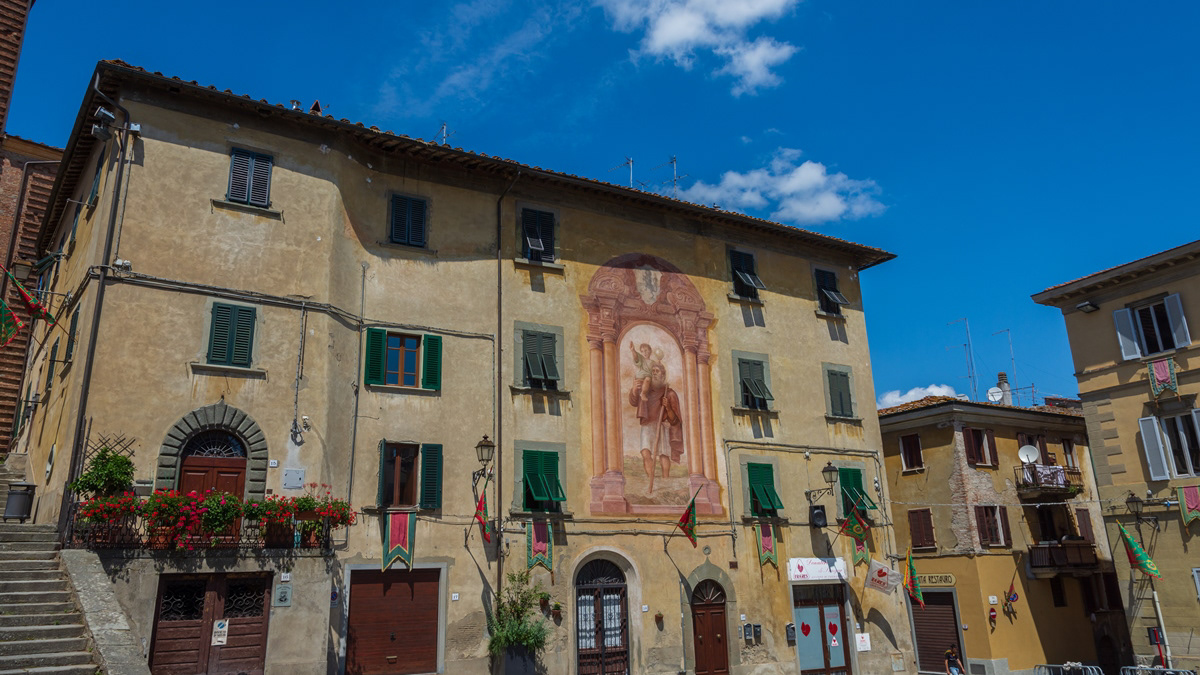
2018
Fucecchio
Fucecchio (pronounced / fuˈʧekkjo /; fučékki̯o, Ficeclum in Latin) is an Italian town of 23,343 inhabitants in the metropolitan city of Florence in Tuscany, in the lower Valdarno. The Municipality is located on the right bank of the Arno river, on the border between the metropolitan city of Florence and the provinces of Pisa, Lucca and Pistoia and near the wet area of the Fucecchio Marsh. Its territory covers an area of 65 km², on average around 25 m s.l.m .; the town extends partly lying on a hill, which since ancient times has taken the name of "Poggio Salamartano", and for the most part in the flat area on its slopes. About 45 kilometers from Florence and 38 from Pisa, included in the Leather District, borders to the north with the municipalities of Chiesina Uzzanese and Ponte Buggianese, to the east with the municipalities of Larciano and Cerreto Guidi, to the south with the municipality of San Miniato and to the west with the municipalities of Santa Croce sull'Arno, Castelfranco di Sotto and Altopascio. The toponym is attested for the first time in 1027 [5] as "Ficiclo", "Ficecli" and "Ficecchio" and derives from the Latin ficetulum with the meaning of "wood of fig, place of figs ".
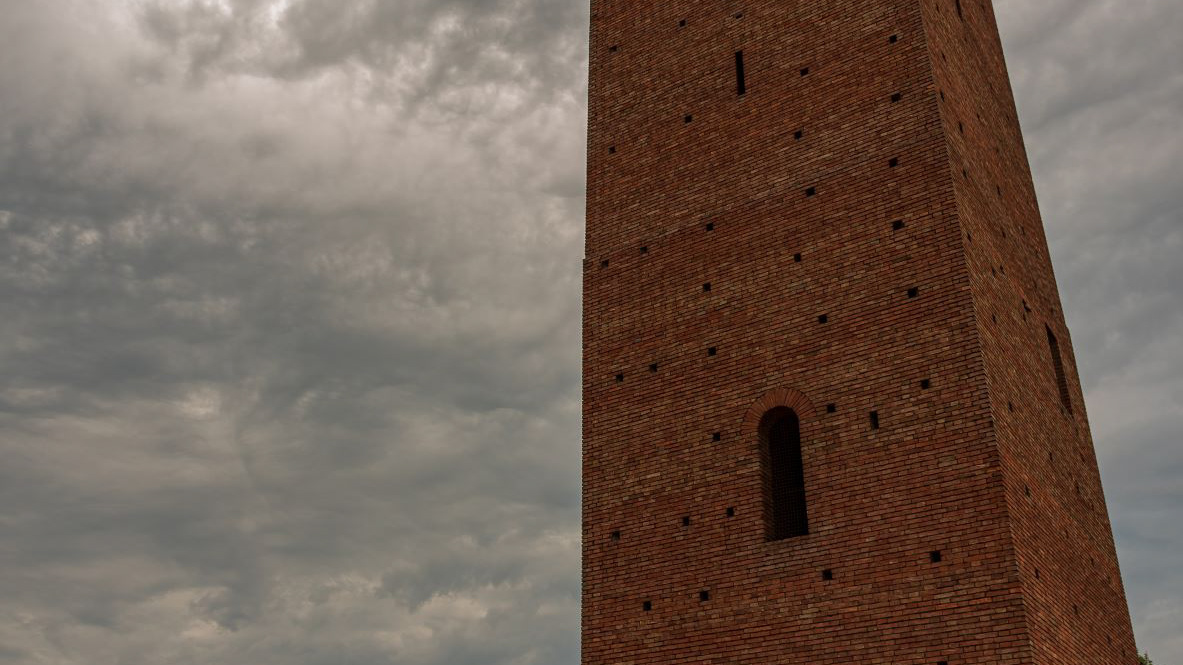
2021
San Miniato, Tuscany. Rocca di Federico
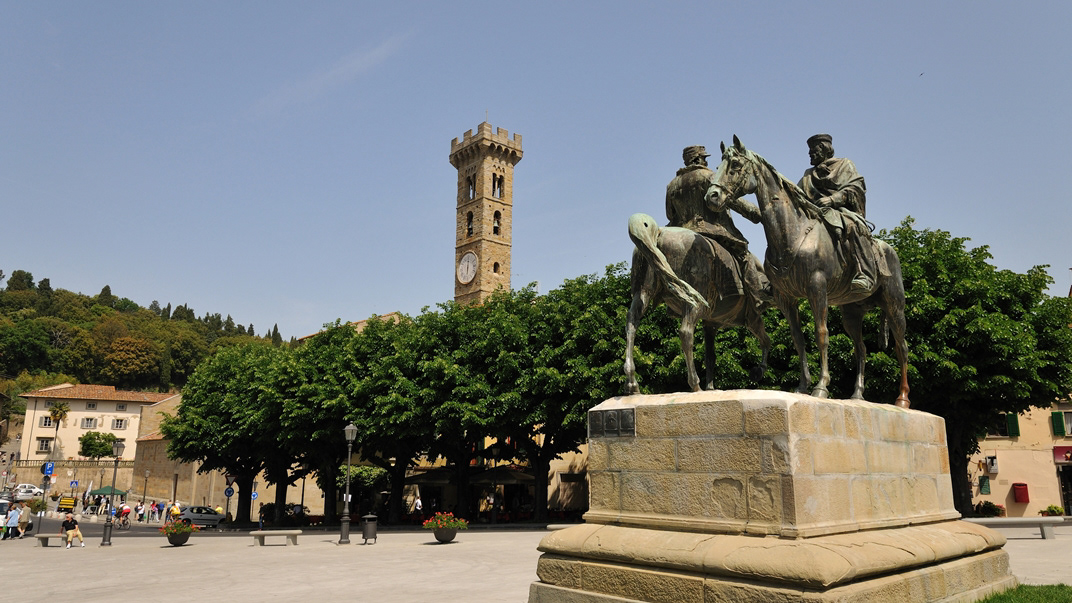
2009
Fiesole
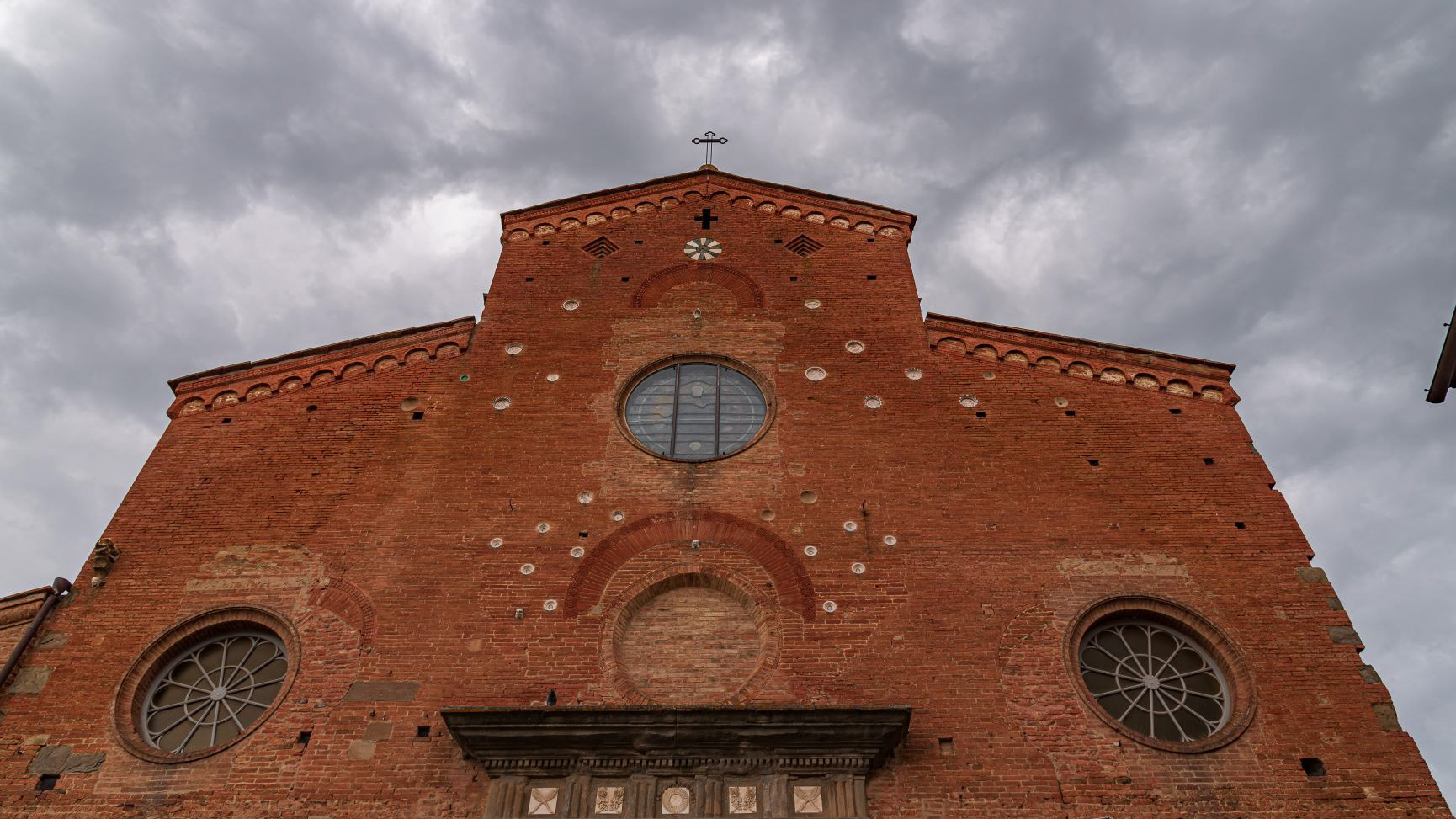
2021
San Miniato. The Cathedral of S. M. Assunta
The Cathedral of Santa Maria Assunta and San Genesio is the main Catholic place of worship in San Miniato, the mother church of the diocese of the same name.
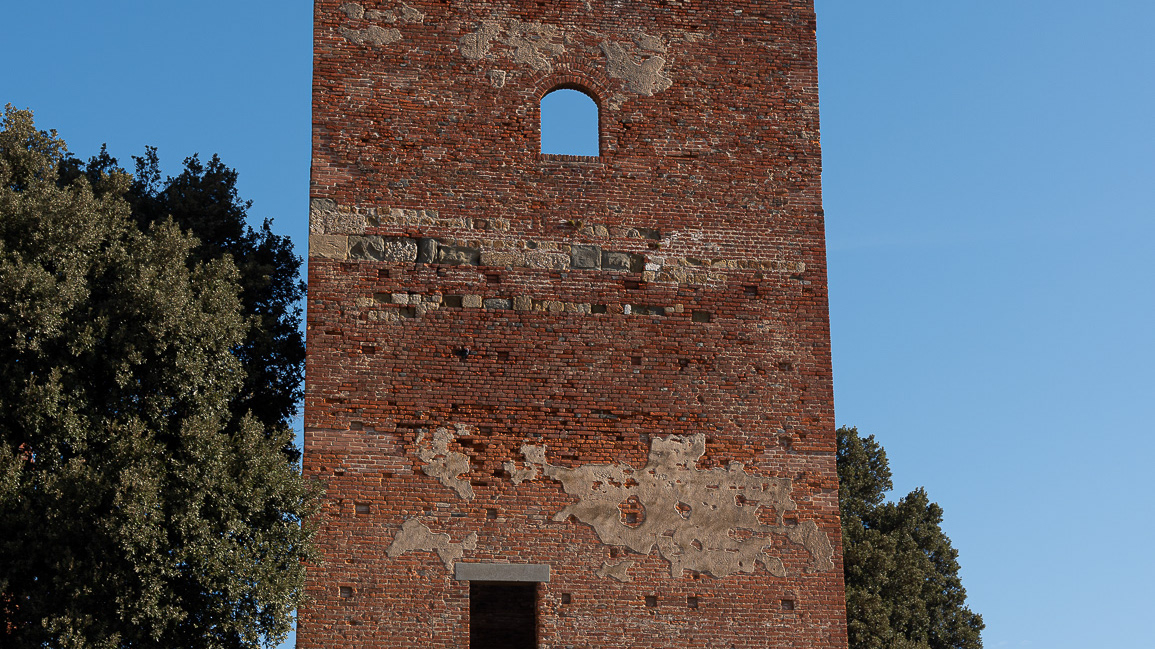
2021
Fucecchio, Tuscany. Corsini Park. The fortified towers
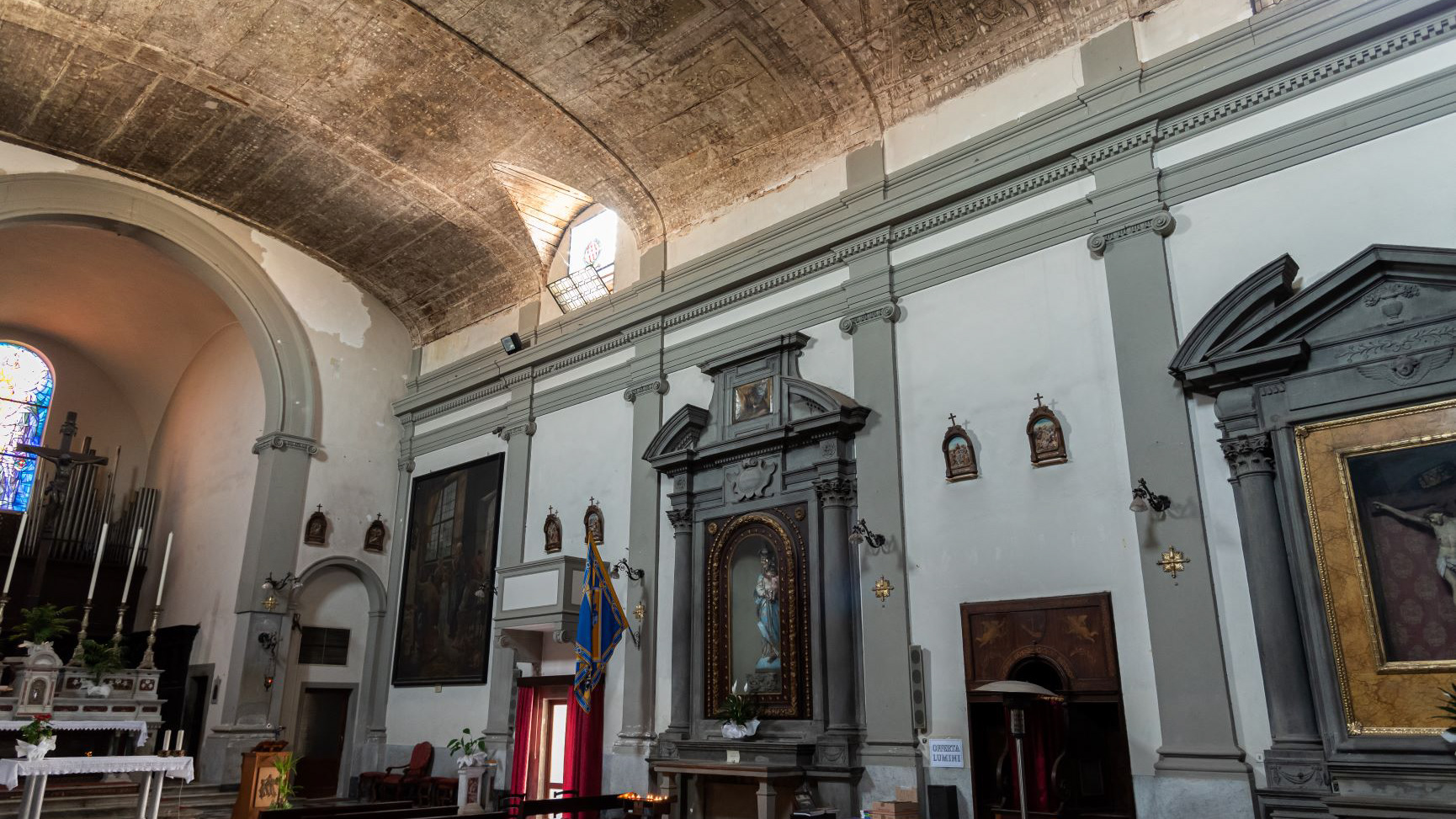
2021
Fucecchio. Franciscan Convent of the Virgin
It was built in the early seventeenth century. Instead of a small sixteenth-century oratory, a church and a convent were built, which in the mid-seventeenth century became a Franciscan.

2008
Prato
Prato is an Italian town of 194,390 inhabitants, the capital of the province of the same name in Tuscany. It is the second largest city in Tuscany and the third in central Italy by number of inhabitants after Rome and Florence. Until 1992, the year of the constitution of the province of the same name, it was the most populated non-provincial town in Italy, then in the province of Florence. The Prato plain was inhabited since the Etruscan era, but the birth of the city itself dates back, generally, to the 10th century, when we have news of two contiguous but distinct inhabited centers, Borgo al Cornio and Castrum Prati, which merged during the following century. In the Prato economy, textile production has always played a leading role since the Middle Ages, as evidenced by the documents of the merchant Francesco Datini, but it is in the nineteenth century that Prato saw an impetuous industrial development, which still make it one of the most important districts at the European level. The city boasts historical and artistic attractions of great importance, with a cultural itinerary that begins with the Etruscans and then expanded in the Middle Ages and reached its peak with the Renaissance, when artists of the caliber of Donatello, Filippo Lippi and Botticelli.
